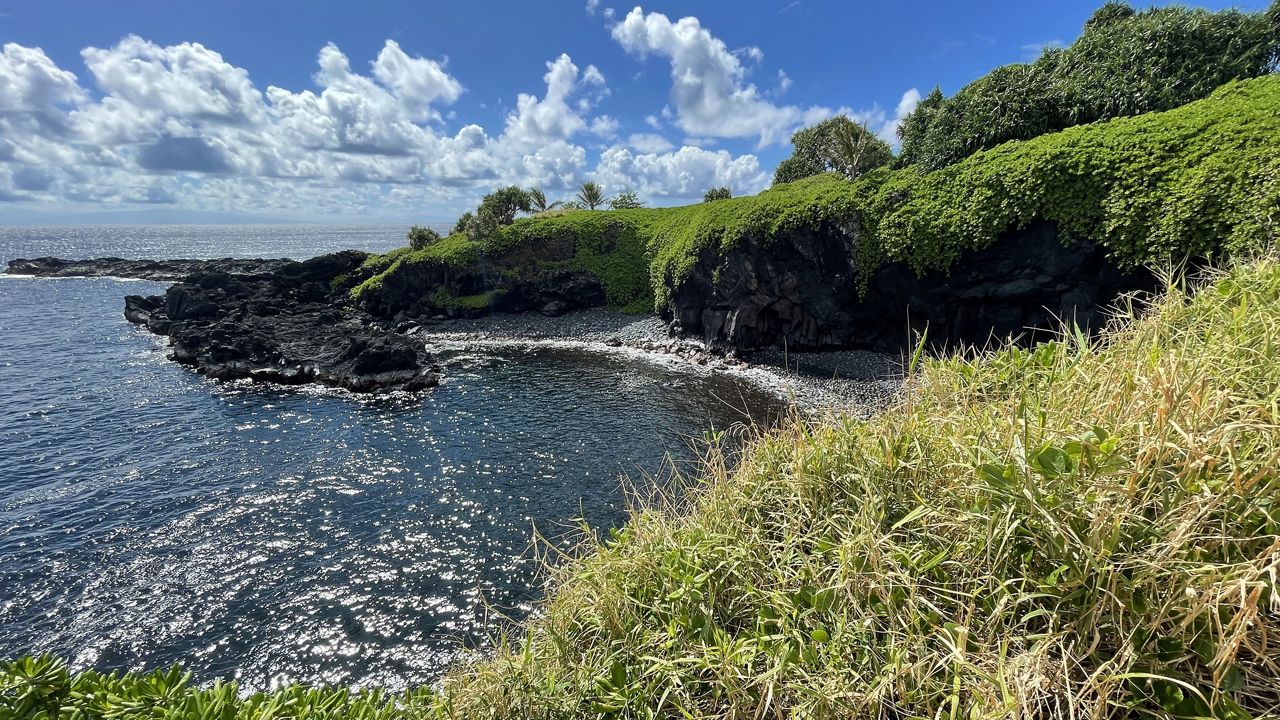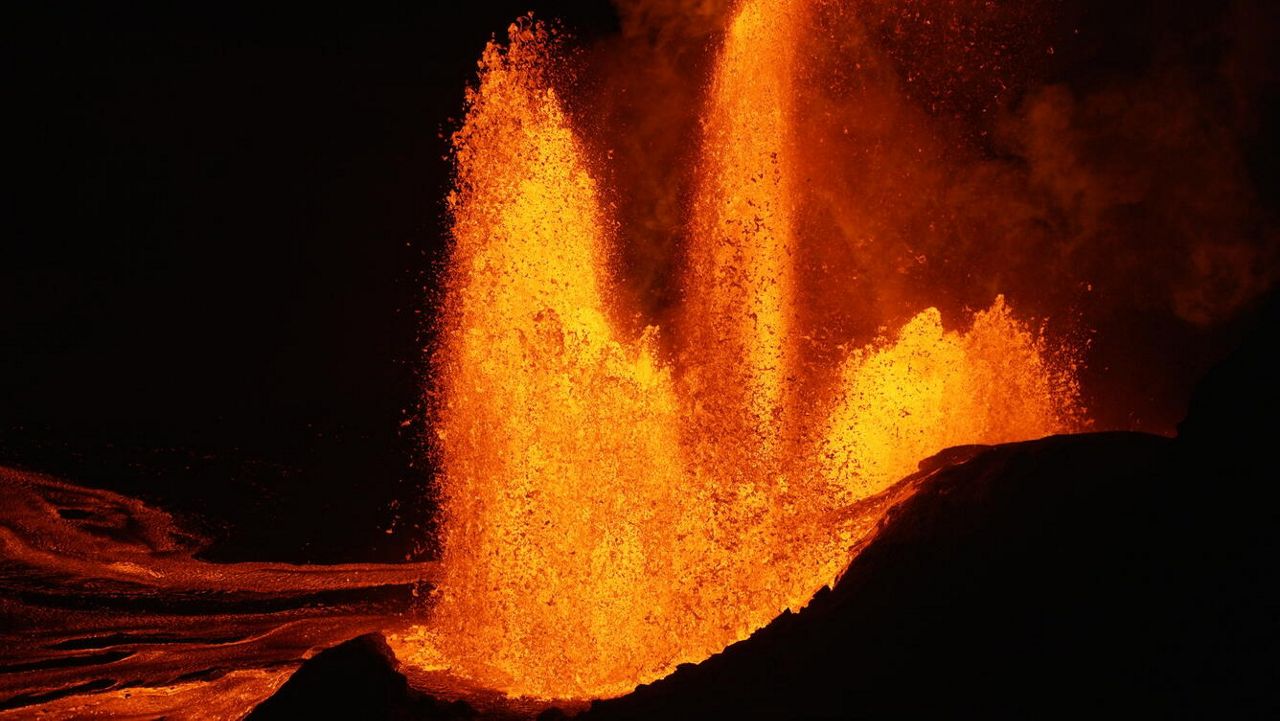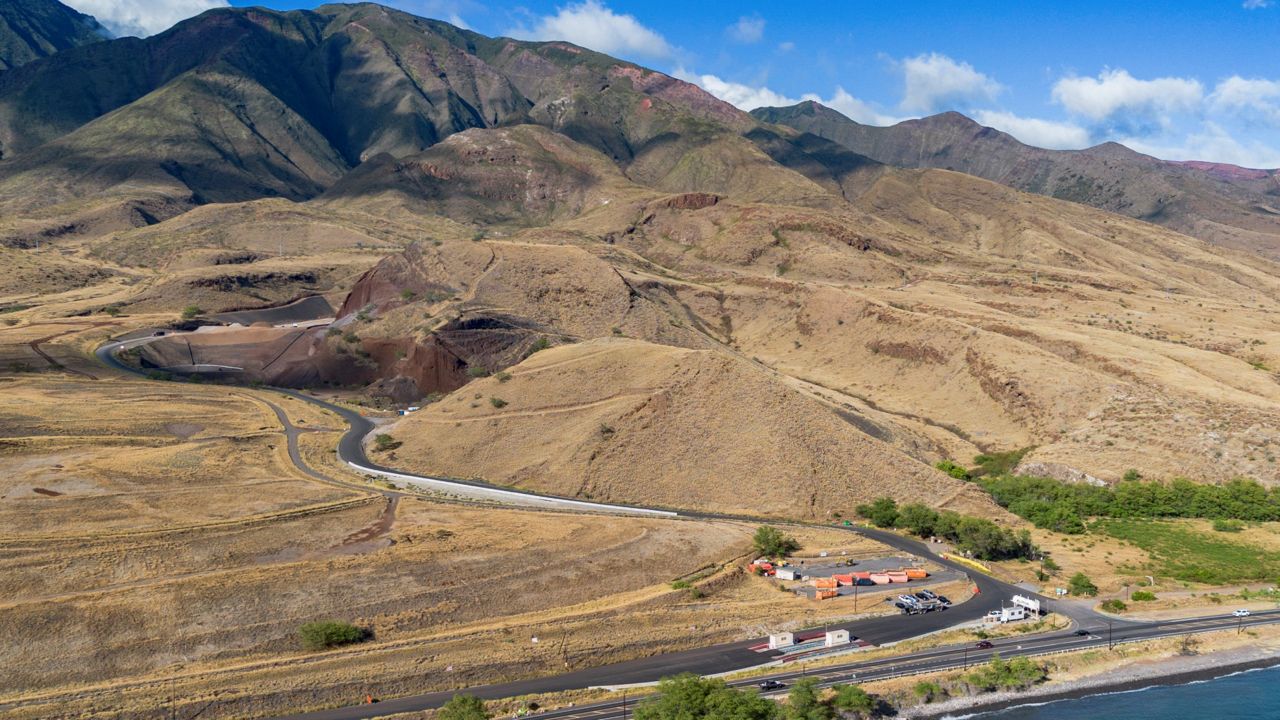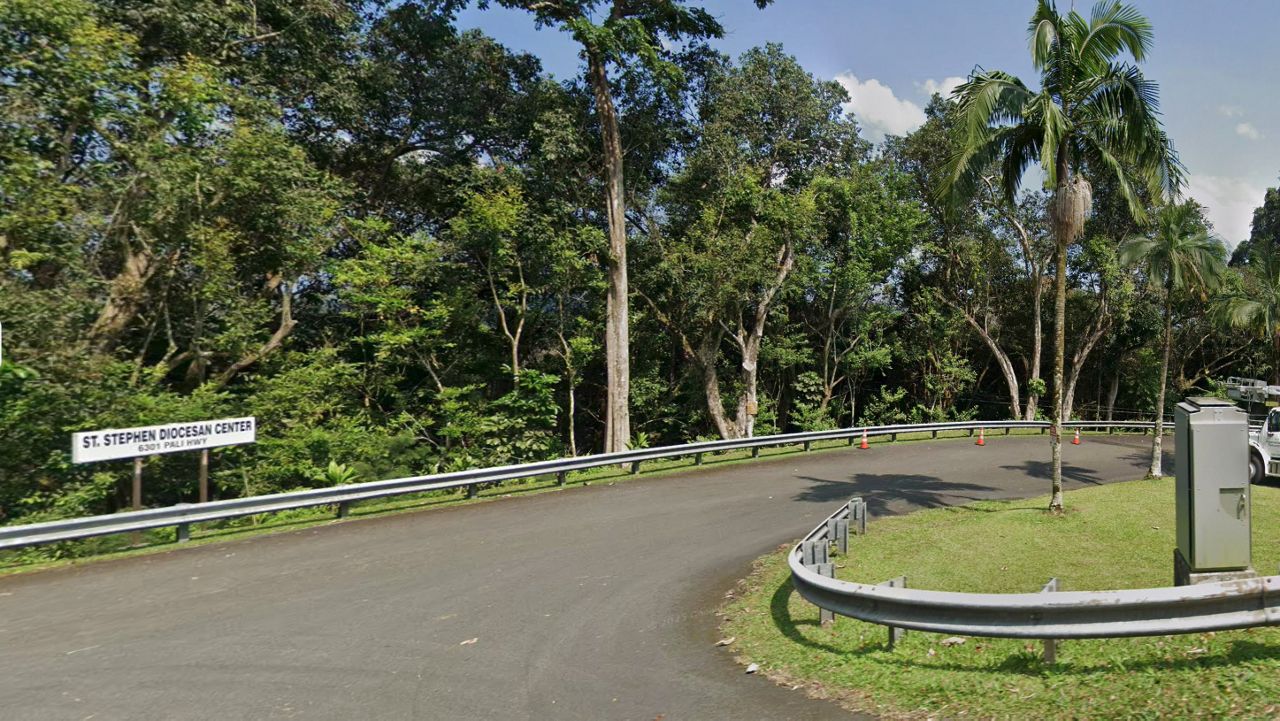On Friday, Gov. Josh Green made Kipahulu in the Hana district of Maui the third official Community-Based Subsistence Fishing Area in the state of Hawaii. The two existing CBSFAs are Haena on Kauai and Milolii on Hawaii Island, according to a news release.
Each CBSFA has individualized rules that regulate marine species, harvest amounts, and traditional gathering seasons and methods.
The Kipahulu community worked with the Department of Land and Natural Resources Division of Aquatic Resources, the Nature Conservancy and other organizations for more than a decade to gain CBSFA status.
The Linds, a family of fishers and generational stewards of Kipahulu, founded the Kipahulu Ohana, Inc., a non-profit, in 1995 with a small group of Native Hawaiian Kipahulu residents. KOI has perpetuated sustainable gathering practices on the land and ocean for generations.
“It just comes natural to us. We’ve been taught as young kids to be like, hey protect, don't take too much,” said Pekelo Lind. He added that they were always reminded to pick up trash and leave the place better than they found it.
Kamalei Pico, executive director of KOI, said the CBSFA is one more tool that will help protect the community’s resources.
“The foundation of Kipahulu’s CBSFA was developed upon place-based generational knowledge attained through observations of kupuna and lawaia, traditional kumukanawai (codes of conduct) and Native Hawaiian cultural values that govern pono fishing practices,” said Pico. “Other communities, especially in the East Maui region, are looking to Kipahulu’s CBSFA as a model for setting their unique kahua (foundations) and developing strategic fisheries management plans for their own moku.”
DAR Education Specialist Adam Wong worked closely with the Kipahulu community to create the CBSFA.
“Ultimately, it's the Kipahulu community that most heavily relies on these resources to sustain their day-to-day life and that’s what we want to help them protect,” said Wong. “It’s a state resource as well, for other fishers around the island that love to come out here and fish, like me. We just needed to be sure that everybody was at the table, gather everybody’s manao, or input, and find a path moving forward.”
Michelle Broder Van Dyke covers the Hawaiian Islands for Spectrum News Hawaii. Email her at michelle.brodervandyke@charter.com.








